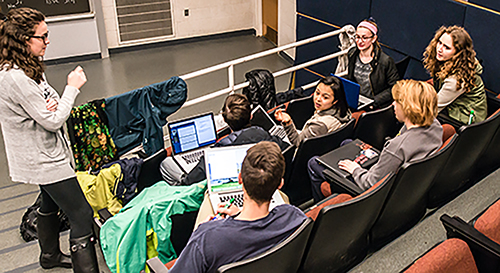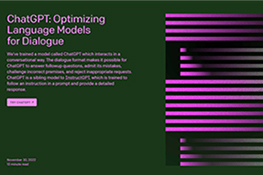What do you know about the students in your classroom? How many of them are first generation? Who among them has served in the military? Which ones are in recovery for substance use? Who has children at home that they are responsible for? Are there other dimensions of your students' experiences that might fall outside of 'traditional' expectations for U-M students?
According to a recent focus group study conducted by U-M’s Center for the Education of Women, 92% of student respondents who identify as “nontraditional” identified multiple markers of nontraditional status and 38% percent of respondents described their nontraditional status as a combination of five or more identities or life experiences. While some of these statuses were linked to visible identity categories, many of them were based on experiences that are not readily legible (e.g., being a veteran or being a commuter). However, these nontraditional experiences play a key role in how students experience the university, both inside and beyond the classroom. So how can instructors better understand these experiences to leverage diversity in the classroom and create inclusive learning environments?
 During CRLT’s May workshop series, “Inclusive Teaching @ Michigan,” we tackled this question in a panel conversation with individuals across the university who support the success of students with a diverse range of identities, backgrounds and experiences.
During CRLT’s May workshop series, “Inclusive Teaching @ Michigan,” we tackled this question in a panel conversation with individuals across the university who support the success of students with a diverse range of identities, backgrounds and experiences.
- Dr. Kirsten Elling from the Center for the Education of Women offered some key insights into how nontraditional students feel they are perceived compared to their “traditional” counterparts at the university.
- Dr. Harold Waters, the current director of the Comprehensive Studies Program spoke to the impact of initiatives like the Bridge Program on student wellness and success.
- Dr. Eric Fretz, the faculty advisor for the U-M Student Veterans Association highlighted the range of strengths these students bring to the classroom and offered concrete resources to support their learning.
- Dr. Matt Statman, Program Manager for the Collegiate Recovery Program, described the compounded challenges faced by students who are battling addiction while also balancing the demands of college life.
Short presentations by the panelists were followed by a conversation facilitated by Dr. Tazin Daniels from CRLT, which offered tangible resources and strategies for faculty to consider when developing courses and supporting these students in and out of the classroom. For example:
- Focus on the strengths such experiences allow students to bring to their learning and U-M classrooms, such as resiliency and self-management skills.
- Be careful about the assumptions and generalizations you make about students' experiences when designing content and assignments.
- Avoid joking about matters like alcohol abuse or referring to parenting as a future state for all of your students since such small choices can contribute to a broader sense of marginalization.
We encourage you to watch the video below to learn more about how you can support students in your classes.
- Log in to post comments
- 357 views








